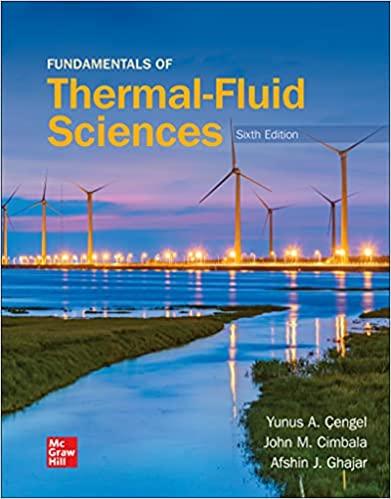Question
We have the following elementary gas-phase reaction in the presence of a catalyst: A+B C, with=rA' =k CCB, where ka = 0.005 m^6/(kg-cat - mol-s)
We have the following elementary gas-phase reaction in the presence of a catalyst: A+B C, with=rA' =k CCB, where ka = 0.005 m^6/(kg-cat - mol-s) This tubular reactor is packed with catalyst particles (diameter is 40 micro m) and the over weight of catalysts, W, used is 4x10-6 kg. The entering partial pressure of A is 2.5 a and this reaction takes place isothermally at 100 K. The entering molar flow rate of A 10-5 mol/s (same as for B) and entering volumetric flow rate is 3x10-7 m/s. I molecular weight of C is 100 g/mol. The pressure-drop parameter in this reactor is fou as 4x104 kg! (25 pts) (a) Plot X and p as a function of W. What is a conversion X at the end of reactor? (b) How many identical reactors are needed to be connected in parallel to produce 5000 kg/year? (c) If the diameter of catalyst becomes half, how X varies as a function of W? Compare your plot with X from (a).
Please use Polymath to plot. DO NO USE SAME PICTURES FROM OTHER QUESTIONS, YOU WILL BE DOWNVOTED
Step by Step Solution
There are 3 Steps involved in it
Step: 1

Get Instant Access to Expert-Tailored Solutions
See step-by-step solutions with expert insights and AI powered tools for academic success
Step: 2

Step: 3

Ace Your Homework with AI
Get the answers you need in no time with our AI-driven, step-by-step assistance
Get Started


